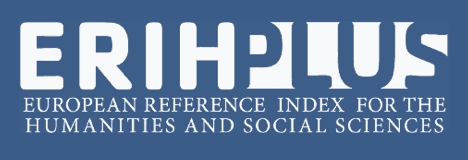Analyzing the Impact of Macroeconomic Factors on Capital Structure Decisions; Empirical Evidence from the Textile Sector of Pakistan
Abstract
Internal (firm-specific) and external (macroeconomic) factors influence a company’s financing choice. However, most empirical research has focused on internal factors, with little emphasis on macroeconomic variables’ influence on capital structure decisions, especially in emerging countries. This study aims to explore the macroeconomic factors influencing the firm’s capital structure and analyze the effect of macroeconomic factors on the textile area in Pakistan. This study has examined data from the preceding ten years, from 2012 to 2022. POLS, fixed effect model, random effect model, and Hausman test has been used to influence the macroeconomic determinants of capital structure choice in listed textile businesses in Pakistan. The study results reveal that GDP growth rate, corporate tax, and interest rate are negatively related to financial leverage. In contrast, other variables, including exchange rates, stock market development, and public debt, are positively associated with the textile sector’s financial leverage. Moreover, the relationship between stock market development, corporate taxes, and exchange rates strongly suggests the high importance of macroeconomic variables in developing the textile sector in Pakistan. Practically, this study will contribute to how the shareholders decide and detect the appropriate investment and financing source. Furthermore, the study’s outcomes should assist financial leaders in choosing the optimal level of capital structure.

This work is licensed under a Creative Commons Attribution-NonCommercial 4.0 International License.













.jpg)








